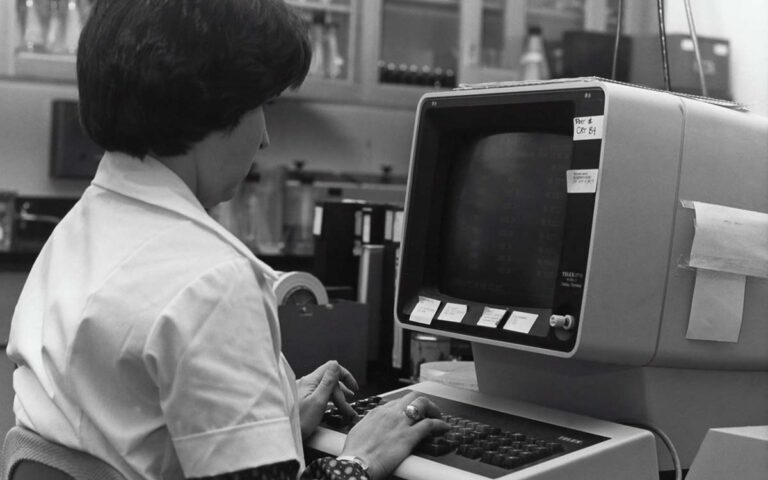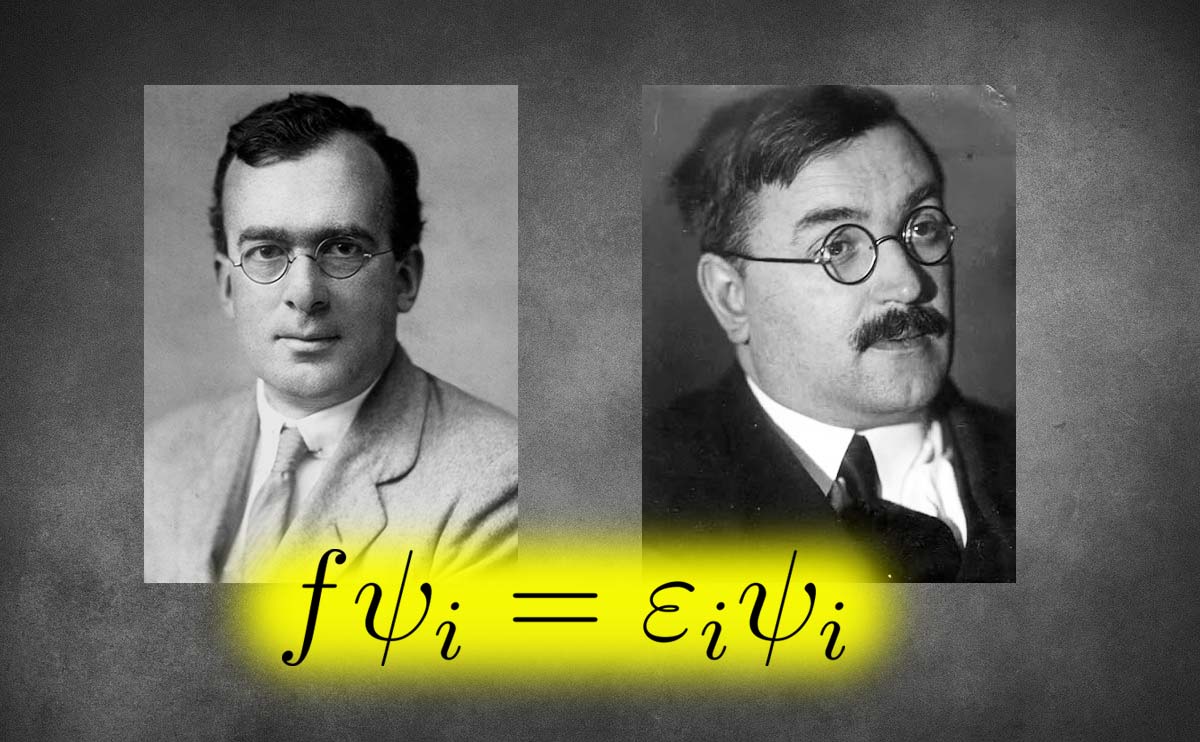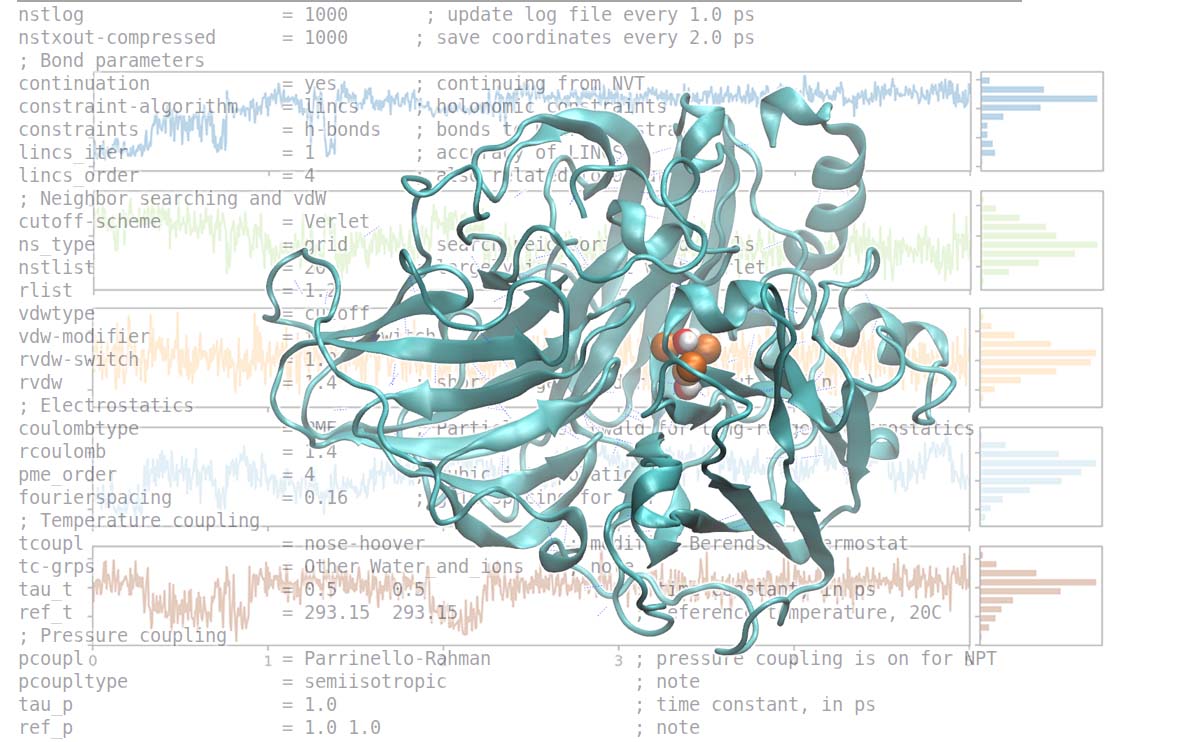“Nature Is Written In The Language Of Mathematics.”
– Galileo Galilei
We Can Help You With Computational / In Silico Methods
If you need help and support with an in-silico study or want to use in-silico methods alongside your experimental research, we can assist you with a wide range of computational techniques. The four primary areas of our expertise are as follows.
Articles
Hartree Fock method: A simple explanation
January 3, 2022
11 Comments
If you are interested in learning computational chemistry, you cannot ignore the Hartree-Fock theory. Although researchers rarely use the Hartree Fock method directly in their studies nowadays, it is the cornerstone for almost all electronic structure methods. The Hartree Fock ...
Read More →
Getting Started With Molecular Dynamics Simulation
April 22, 2021
7 Comments
Molecular Dynamics (MD) simulation is one of the most effective computational tools and has numerous applications in physics, chemistry, biochemistry, and materials science. However, the proper employing of MD without understanding its theoretical backgrounds is arduous, if not impossible. This ...
Read More →
What Does Computational Or In-Silico Mean?

Computational or in silico methods are a set of techniques for estimating features of atomic/molecular systems by modelling their structure or predicting atomic/molecular processes by simulating them on a computer. Nowadays, computational methods are extensively used in experimental sciences and form various branches like computational chemistry, computational physics, computational biology, etc. Read More


